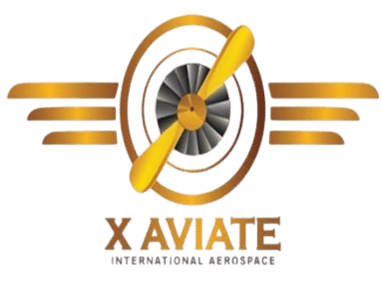

DGCA Lincense Conversion
Converting a foreign pilot license into an Indian pilot license allows you to fly professionally within India. The Directorate General of Civil Aviation (DGCA) provides specific guidelines for the conversion of professional pilot licenses issued in ICAO Contracting States into an Indian Pilot’s License. Below is a step-by-step guide to the process:
Additional Requirements for License Conversion and Endorsements
For pilots seeking conversion or endorsements for specific ratings, the following criteria must be met:
Cross-Country Flight Requirements
20 Hours of Cross-Country Flights: If you’re seeking a standard conversion, you must provide a statement showing 20 hours of cross-country flights.
50 Hours for Instrument Rating (IR): If you are also requesting an Instrument Rating (IR), you must have a total of 50 hours of cross-country flights.
Cross-Country Check Reports: Submit three cross-country check reports that include:
300 NM with two full-stop landings
250 NM with one full-stop landing
120 NM night flight while returning to the point of departure without landing
Night Flying Requirements
5 Hours of Night Flying: You must log at least 5 hours of night flying as Pilot-in-Command (PIC), with a certificate confirming at least 10 take-offs and 10 landings during the night flying time.
Instrument Rating (IR) Requirements
Total Instrument Time: To be eligible for an Instrument Rating, you must have a total of 40 hours of instrument flight time. This includes:
20 hours on actual aircraft
20 hours on a simulator or similar equipment
Recent Instrument Time: You must also log at least 5 hours of instrument time on actual aircraft within the preceding 6 months if applying for an IR endorsement.
Multi-Engine Endorsement for CPL
For those seeking a Multi-Engine endorsement on their Commercial Pilot License (CPL), the following requirements must be met:
Ground Training: Completion of ground training and passing the relevant technical exam.
Training Hours: A statement of at least 10 hours of flight training on a multi-engine aircraft, including the check or test flight.
General Flying Test (Day): A general flying test by day, which includes three solo take-offs and three solo landings on a multi-engine aircraft.
General Flying Test (Night): A general flying test by night, which includes three solo take-offs and three solo landings on a multi-engine aircraft.
Instrument Rating Test (Multi-Engine): For an IR on a multi-engine aircraft, submit a report confirming at least two instrument approaches on the aircraft for which the multi-engine endorsement is requested.
Pre-Application Requirements in India for License Conversion
Before submitting your application for license conversion with the Directorate General of Civil Aviation (DGCA), applicants must complete the following steps in India:
1. General Flying Test Report
Complete a General Flying Test conducted by an approved flying training institute in India, covering:
Day Flying
Night Flying
Instrument Rating (IR) Test (if IR is desired)
If these tests were not carried out at an approved flying training institute recognized by the regulatory authority of an ICAO Contracting State, they must be completed in India before applying. The test must be done within the preceding six months from the application date.
2. Signal Reception Test Report
If you have not completed the Signal Reception Test at an ICAO-recognized flying training institute, you need to obtain a Signal Reception Test report from an approved flying training institute in India.
3. DGCA Written Exam Results
Submit pass results for the Air Regulation and Composite Papers (covering Meteorology and Navigation) conducted by DGCA, obtained within the 30 months preceding the date of your application.
4. Indian Class-I Medical Assessment
Obtain a Class-I Medical Certificate from a DGCA-approved medical examiner. This certificate confirms that you meet the medical standards required for professional flying in India.
5. Indian RTR(A) (if applicable)
If you have not previously been issued an Indian Flight Radio Telephony Operator’s License (RTR-A), you must pass the RTR(A) exam before submitting your application.
6. Educational Verification
Obtain verification certificates for your 10th and 12th grade exams from the respective school boards, along with the original certificates. These documents are required for educational verification during the application process.